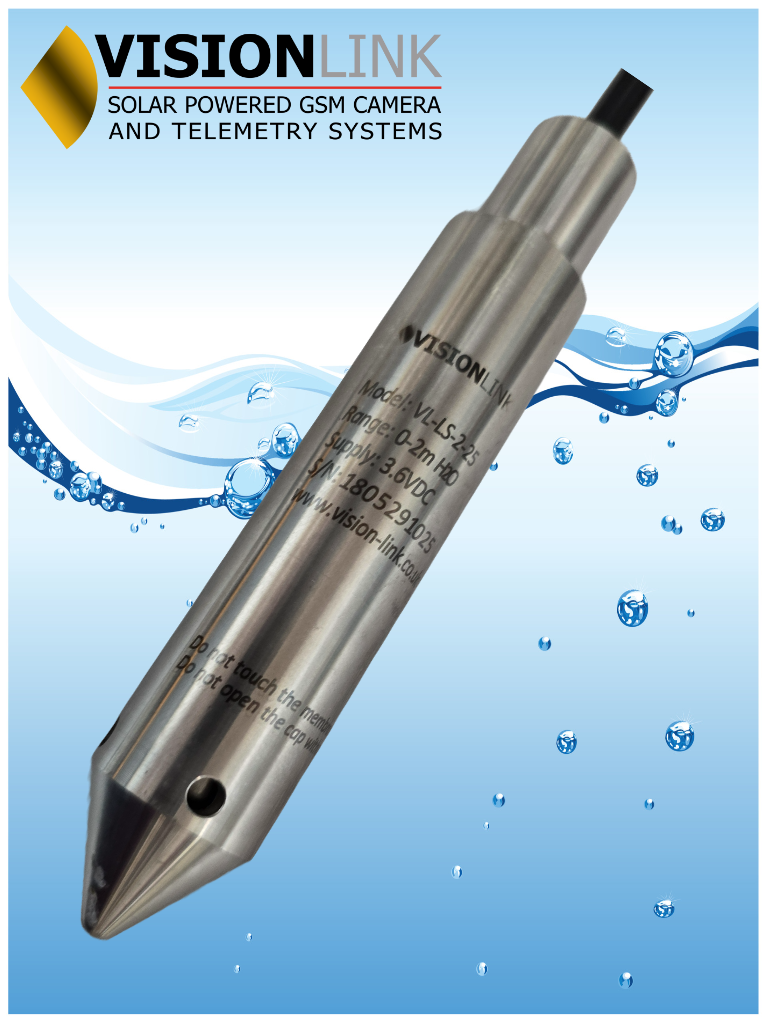Hydrostatic Pressure Water Level Sensors
Quick Benefits at a Glance
Accurate & Reliable – Measures true water depth using proven hydrostatic pressure technology.
No Moving Parts – Solid-state design for long life and zero mechanical wear.
Works Anywhere – Unaffected by foam, turbulence, condensation, or mist.
Low Maintenance – Rugged build means fewer callouts and lower lifetime costs.
Better Than Ultrasonic or Radar – No line-of-sight needed, immune to surface interference.
Perfect for:
Culverts, rivers, reservoirs, flood defences, irrigation, and any application where reliability matters.
Monitor Water Levels the Smart Way:
Hydrostatic pressure sensors measure the weight of the water column pressing down at a certain depth. As the water level rises, so does the pressure.
The formula — P = ρ × g × h — translates that pressure directly into water level depth. Simple, accurate, and reliable.
Why It’s a Better Choice than Other Methods
Ultrasonic & Radar Sensors – Sounds and microwaves can struggle with turbulence, foam, condensation, or mist. Hydrostatic sensors don’t care — no line-of-sight needed.
Capacitive or Resistive Sensors – These can be affected by changes in tank materials or liquid properties. Hydrostatic sensors simply measure pressure, so they remain stable.
Float Switches – Simple but prone to sticking or jamming, especially in dirty or choppy water. Hydrostatic sensors have no moving parts, meaning fewer breakdowns and less maintenance.
Real-Life Advantages of Hydrostatic Sensors
Contact-Based, Submerged Design – Measures true water pressure directly — works regardless of surface conditions.
Compact & Adaptable – Easily installed in tanks, rivers, or culverts — no complex mounting or calibration needed.
Foam and Turbulence Resistant – Unlike ultrasonic or radar, it doesn’t mistake foam or ripples for water level.
Cost-Effective – Rugged, reliable design means fewer replacements or service visits.
How It Works
Hydrostatic sensors are placed at a known depth in the water. The pressure they measure is directly proportional to the water height above them. This makes them ideal for applications where accuracy, reliability, and low maintenance are essential.
Final Thoughts
Hydrostatic pressure sensors give reliable, hassle-free water level monitoring. No endless calibration, no misreads from foam or fog — just solid, accurate data you can trust. Whether managing flood defences, irrigation systems, reservoirs, or culverts, hydrostatic technology delivers simplicity and precision — exactly what you need.

